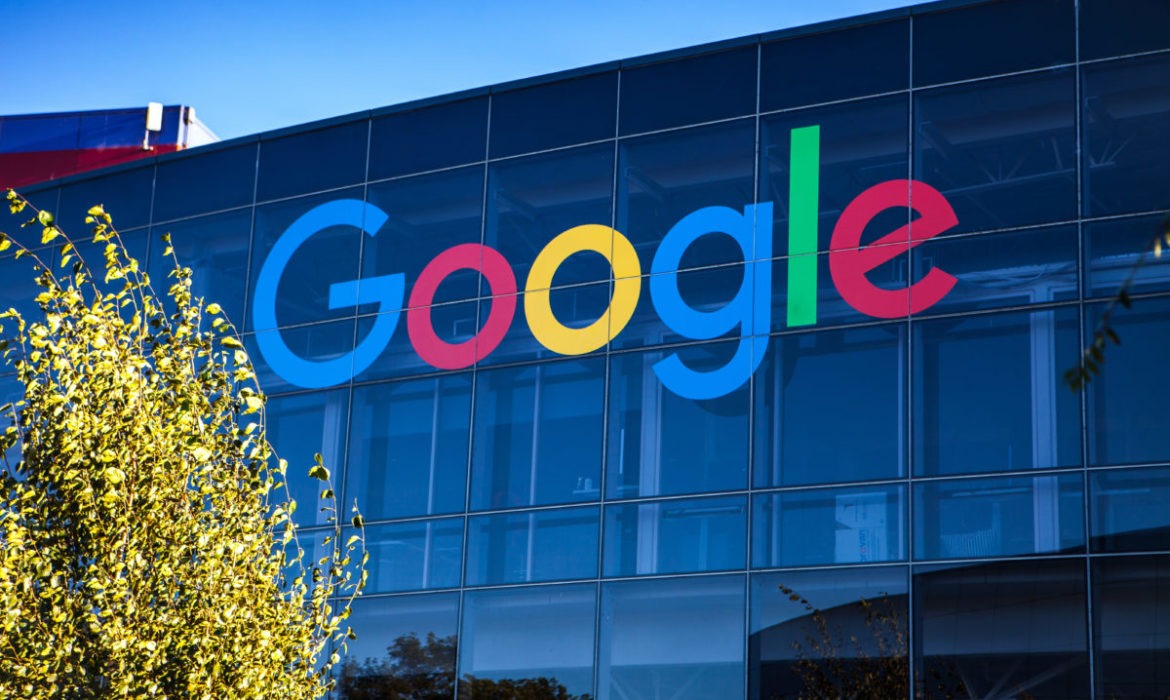Google announced the next phase of its Privacy Sandbox bidding phase, which focuses on the relevance and measurement of advertising. Sandbox refers to developing and very close surveillance; it is a list of targeted advertising techniques offered by Google for the second half of 2023; alternatively, it can target cookies. However, it is still effective in generating advertising revenue for consumer privacy.
The product director noted that developers can now begin testing themes, Attribution Reporting APIs, and FLEDGE globally in the Canary version of Chrome. A limited number of Chrome Beta users will be available as soon as possible. As soon as everything works smoothly in the beta, the service will be available for API testing in a stable version of Chrome; to extend testing to more Chrome users.
The Sandbox proposal consists of many components, such as Google’s idea for interest-based advertising purposes; Browser-based tracking of user web activity. Also, FLEDGE; is Google’s proposal for re-marketing and customizing audiences without individual-level user tracking. Google’s Sandbox plan, as complex and loaded with acronyms, does not cause much controversy.
It is particularly noteworthy that antitrust regulators in Europe cited complaints from publishers and advertisers, Who argue that Google’s plan to scrap tracking cookies will boost market power.
Google and Global Tests
However, after Google made several commitments to developing the Sandbox, The CMA of the United Kingdom signed off on a continuation of the project last month. This paved the way for the development and another group. Google says the company will now begin updating its Privacy Sandbox settings and controls, allowing users to see and manage their related interests or disable the trial version.
In addition, the blog post provides a graphic sample of some of the parameters; This will be presented as a test – showing the multi-layer structure of the menu at the highest level of master switch-off attempts; Also, when drilling, menu browser-based ad personalization. Users can also delete their assigned interests by monitoring their browser activity based on themes; Also, change the list of sites from which the system generates goods and two other menus.
















